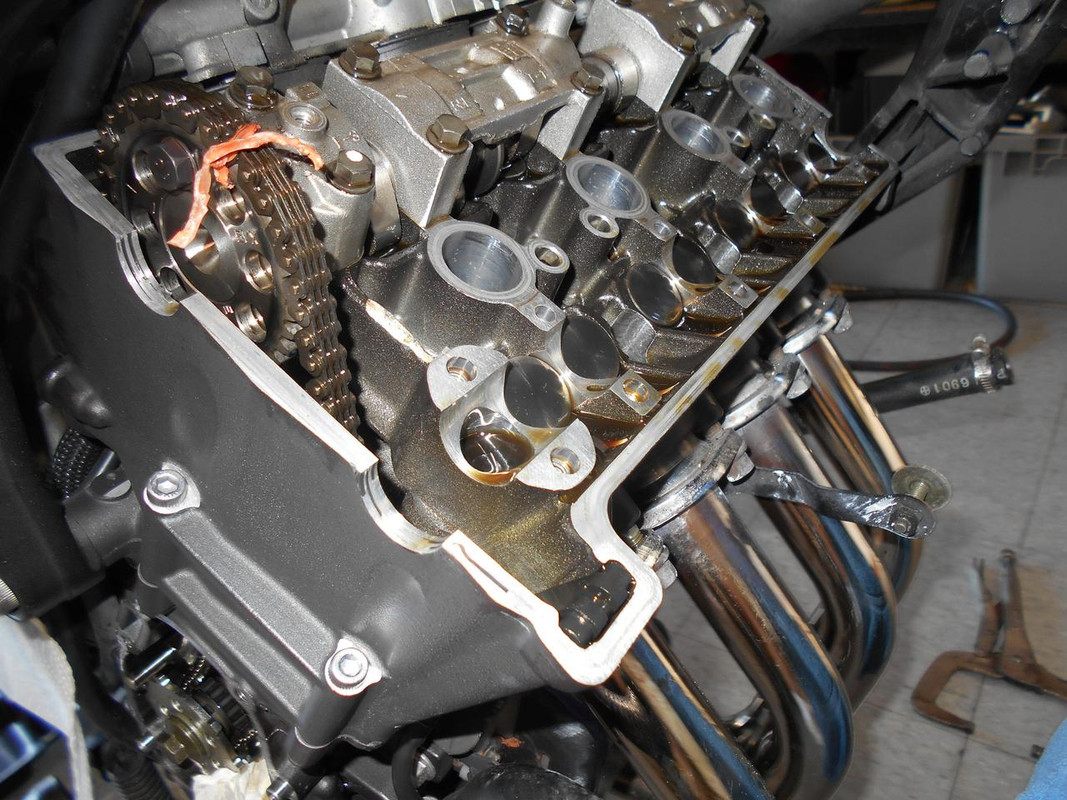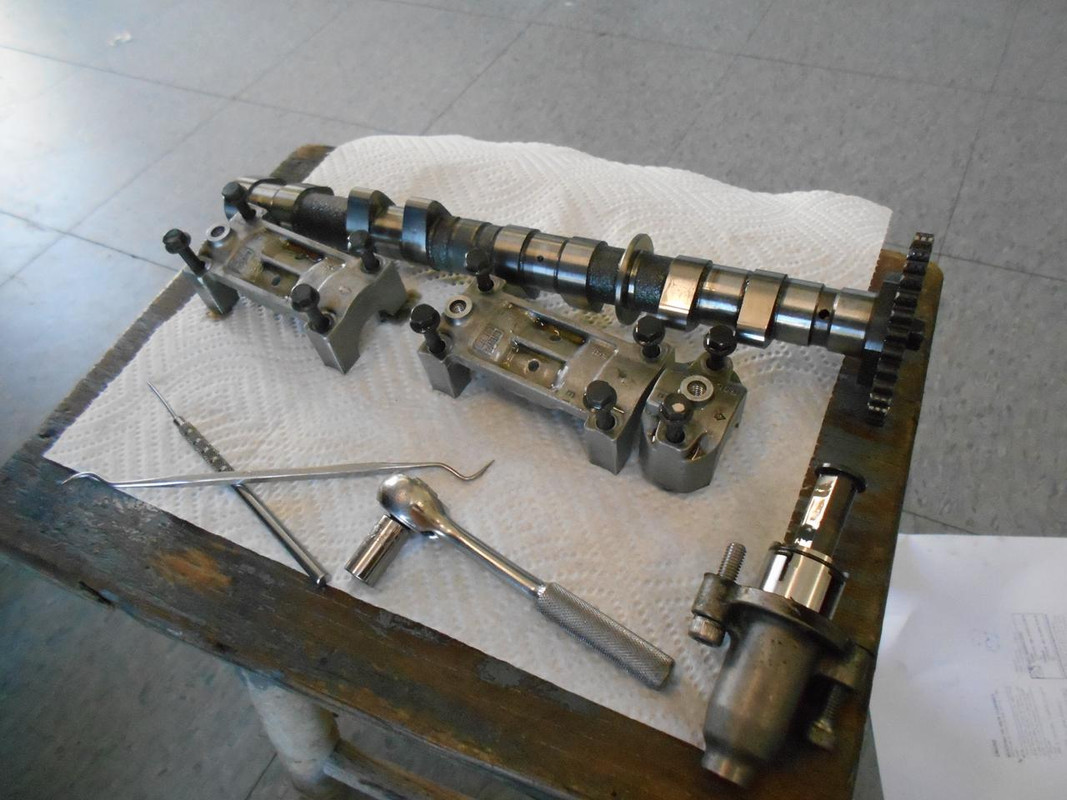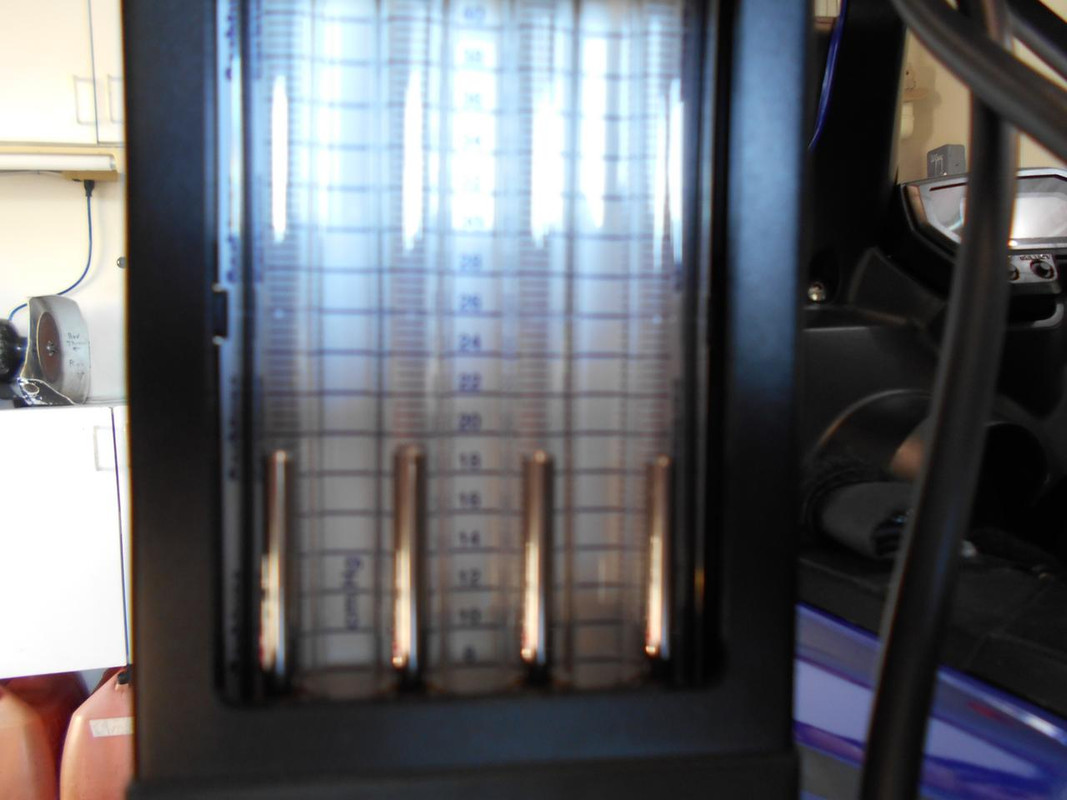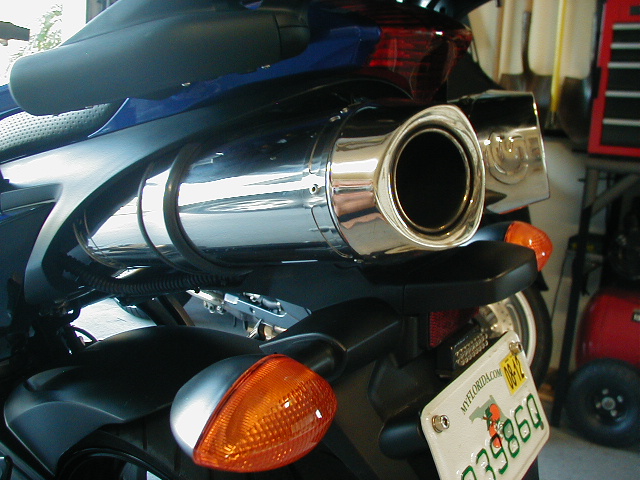Originally posted by pstephens46
View Post
Announcement
Collapse
No announcement yet.
cranking compression test 2006 F250??
Collapse
X
-
Damn we be bored..huh? Maybe we should start a bikini thread.Originally posted by boscoe99 View Post
OMG! Without the appropriate charger no less. Batteries of different build dates connected together. Batteries of different sizes connected together.
Comment
 -
well he is worried about the low reading on one cylinder, the leakdown will tell him is it is a valve problem or a ring.Originally posted by boscoe99 View Post
I (and Yamaha) for one don't recommend a leak down test unless a compression test indicates something is amiss. With a compression test being called for only if something seems to be operationally amiss with the motor.
OP has not reported anything untoward with respect to the operation of the motor.
In the OP's case, I don't see anything amiss.
I am surprised that rodnut has not come along and poo poo'd the compression test. As a teat on a boar hog.
How many do a compression (or leak down) test on their non-amiss automobile motors?
but as said if he does not have the equipment, then running a little and then another compression test with the equipment he does have would be least troublesome thing to do
Comment
 -
Shim under bucket is a pain in the azz to do a shim job, but required for today's 16000 rpm engines. Take the cams out to do it as pictures show.Originally posted by TownsendsFJR1300 View PostRe Ring Free, I use it in every gas machine I own, regularly..
I also use it in customers small yard machines (repaired by myself, Echo's, Stihls, cheaper residential machines).
Reg mix is 1oz / 10 gallon, Shock mix is 2 oz / ONE gallon.
I've done the shock mix many times on different machines, no downside to it or issues.
**After doing a carb clean (or other repair on a small machine-with RF in everything) , I'll re-check and re-tune the carb (if possible).
About 50% of the time, sitting over night, (of course after being run the day before), I can re-check with a portable tach and re-tune getting
MORE RPM's out of the engine. That's with doing NOTHING ELSE.
IME, highly recommended..
*I recently had to adjust the TWO exhaust valves (#4 cylinder-shim and bucket) on my Yamaha 600cc motorcycle (below pic) @ 26,600 miles.
They were too tight by .001". Had it been carboned up, the valves would have been looser. I don't run the bike as hard as it's designed to run and run Ethanol fuel. I strongly suspect the RF helped keep the clearances close to spec's. (The rest of the valves were dead nuts on across the board-4 valves per cylinder)


Synced cylinders after valve adjustment(spec's allow 10mms variance, within about 2mm's):

My old Kz 1000 red lined at 9000 rpm and if you pushed it much more than that you ran the risk of it spitting out a shim as it had shim on top of bucket.Then bad things happened.But you could change the shims without taking out the cams.
How you determine you where .001" tight...under min of say ..002"? .001" feeler gage is less than paper thin...copier paper is about .003"
Did you have any clearance at all?
Comment
 -
Some early Yam outboard four strokes used shims on buckets. As you note, you can fish them out without removing the cam shaft.Originally posted by panasonic View Post
Shim under bucket is a pain in the azz to do a shim job, but required for today's 16000 rpm engines. Take the cams out to do it as pictures show.
My old Kz 1000 red lined at 9000 rpm and if you pushed it much more than that you ran the risk of it spitting out a shim as it had shim on top of bucket.Then bad things happened.But you could change the shims without taking out the cams.
How you determine you where .001" tight...under min of say ..002"? .001" feeler gage is less than paper thin...copier paper is about .003"
Did you have any clearance at all?
Yamaha then updated the design. The bucket itself is the shim. If out of specs, the bucket is replaced. Which requires removal of the bucket. Risking breakage of the shaft.
Better, worse or no change? I suppose it depends upon ones viewpoint.
- 1 like
Comment
 -
above 115 had 90% leakage on #3 due to a corroded head.
did I mention cost at 100 bucks/hour?
took me about 10 min to find the issue after 3 other techs had had the fuel system apart.
Yamaha says do a compression test and IF you think there is an abnormality do a leak down.
why bother with the first when your gonna do the second?
a leak down test takes 1/2 the time of a compression test and is way more accurate.
I love to shoot, I do not hunt.
I shoot cowboy and competition pistol.
I do not hunt wabbits nor ghosties.
ring free is cwap, use YIES. it is about the only snake oil I have ever seen actually work.
Comment
 -
as there are no set numbers for compression on a 2003 F115 the techs assumed the numbers were ok as they were close. one tech even wrote the results on the cam cover with a sharpie.
my FIRST clue was the small green flecks on the ground side electrode on cyl #3.
that is why I hate it when folks bring me a broke motor with new plugs.
after doing this about 45 yrs I actually have learned how to read a plug.
the two electrodes and the porcilian will tell you about anything you wish to know about that motor.
tiny green flecks indicate the plug was burning in saltwater.
Comment
 -
I used a feeler gauge and micrometer to measure shim thicknesses, the old, vs finding another (shim kit) .001" thinner.Originally posted by panasonic View Post
Shim under bucket is a pain in the azz to do a shim job, YES IT IS...but required for today's 16000 rpm engines (MINES 14,000 RED LINE). Take the cams out to do it as pictures show.
My old Kz 1000 red lined at 9000 rpm and if you pushed it much more than that you ran the risk of it spitting out a shim as it had shim on top of bucket.Then bad things happened.But you could change the shims without taking out the cams.
How you determine you where .001" tight...under min of say ..002"? .001" feeler gage is less than paper thin...copier paper is about .003"
Did you have any clearance at all?
I'm not using a .001" gauge, but gauges between .005" to a .012" feeler gauge. Cylinder #4 was definitly an .008". Didn't want to cook a valve, the bike ran good.
**On cold mornings (yes, down here-maybe 50F), I would sometimes get a valve tick on start up, maybe 3 seconds long... That's now gone.
Guess that little bit of extra clearance got some more oil (semi synthetic) in there.
The "spec" sheet before and after:
 Last edited by TownsendsFJR1300; 01-20-2019, 05:27 PM.Scott
Last edited by TownsendsFJR1300; 01-20-2019, 05:27 PM.Scott
1997 Angler 204, Center Console powered by a 2006 Yamaha F150TXR
- 1 like
Comment
 -
I understand better now that I see the specs. That's quite a bit of clearance on those valves. I was thinking you were down to only .001" clearance on one cylinder.Originally posted by TownsendsFJR1300 View Post
I used a feeler gauge and micrometer to measure shim thicknesses, the old, vs finding another (shim kit) .001" thinner.
I'm not using a .001" gauge, but gauges between .005" to a .012" feeler gauge. Cylinder #4 was definitly an .008". Didn't want to cook a valve, the bike ran good.
**On cold mornings (yes, down here-maybe 50F), I would sometimes get a valve tick on start up, maybe 3 seconds long... That's now gone.
Guess that little bit of extra clearance got some more oil (semi synthetic) in there.
The "spec" sheet before and after:

My experience on working on older bkes has been much less clearance on the valves...my old bike was only .002" to .004" on the valves. And I have seen them close up to no clearance at all...and burnt valves.
Having saying that I don't see how you would have burnt a valve with .008" of clearance. The valve was closing completely with room to spare. But that is what your manual says to keep them at, then that is the right thing to do.
Thanks for the clarification.
- 1 like
Comment
 -
What is up with the breaking of the cams that I hear you guys talk about?Originally posted by boscoe99 View Post
Some early Yam outboard four strokes used shims on buckets. As you note, you can fish them out without removing the cam shaft.
Yamaha then updated the design. The bucket itself is the shim. If out of specs, the bucket is replaced. Which requires removal of the bucket. Risking breakage of the shaft.
Better, worse or no change? I suppose it depends upon ones viewpoint.
Is it just people starting at one end and loosening the bolts completely when taking off the caps and causing to much stress on the cam. As opposed to loosening all the bolts slowly across all the caps evenly and letting the strain off the camshaft evenly...as one should.
Or is there a problem with the cams themselves?
Comment
 -
Yepper... I thought real hard about buttoning it up as it was.Originally posted by panasonic View Post
I understand better now that I see the specs. That's quite a bit of clearance on those valves. I was thinking you were down to only .001" clearance on one cylinder.
My experience on working on older bkes has been much less clearance on the valves...my old bike was only .002" to .004" on the valves. And I have seen them close up to no clearance at all...and burnt valves.
Having saying that I don't see how you would have burnt a valve with .008" of clearance. The valve was closing completely with room to spare. But that is what your manual says to keep them at, then that is the right thing to do.
Thanks for the clarification.
The whole job was about 6 hours, most of it just getting to the cams (Fuel tank, battery, coils, spark plugs, battery box, lots of wires, etc)... Figure another hour "adjusting".
She's good for another 26,600 miles and I KNOW it's been done.
Bring it to a shop, may or might not be done at all and easily a $600 job..
I don't remember valve spec's on my other bikes (over the years), most were screw adjustment. With this higher revving engine, guess Yamaha opened spec's up a bit. The engine with the stock muffler is quiet as a sewing machine... Not so much now with aftermarket mufflers... A low growl under say 5k, after that, it screams..

Scott
1997 Angler 204, Center Console powered by a 2006 Yamaha F150TXR
Comment
 -
Originally posted by rodbolt17 View Postas there are no set numbers for compression on a 2003 F115 the techs assumed the numbers were ok as they were close. one tech even wrote the results on the cam cover with a sharpie.
my FIRST clue was the small green flecks on the ground side electrode on cyl #3.
that is why I hate it when folks bring me a broke motor with new plugs.
after doing this about 45 yrs I actually have learned how to read a plug.
the two electrodes and the porcilian will tell you about anything you wish to know about that motor.
tiny green flecks indicate the plug was burning in saltwater. Last edited by boscoe99; 01-21-2019, 12:08 AM.
Last edited by boscoe99; 01-21-2019, 12:08 AM.
- 1 like
Comment
 -
At any position of the crank shaft some cam lobes are loaded (spring pressure) and some are not. If the cam shaft caps that are loaded are removed first then bad juju can happen. One might hear a simple "dink" type of sound. I have heard it. It is the cam shaft snapping in two.Originally posted by panasonic View Post
What is up with the breaking of the cams that I hear you guys talk about?
Is it just people starting at one end and loosening the bolts completely when taking off the caps and causing to much stress on the cam. As opposed to loosening all the bolts slowly across all the caps evenly and letting the strain off the camshaft evenly...as one should.
Or is there a problem with the cams themselves?
- 1 like
Comment
ÂÂÂÂÂ

Comment